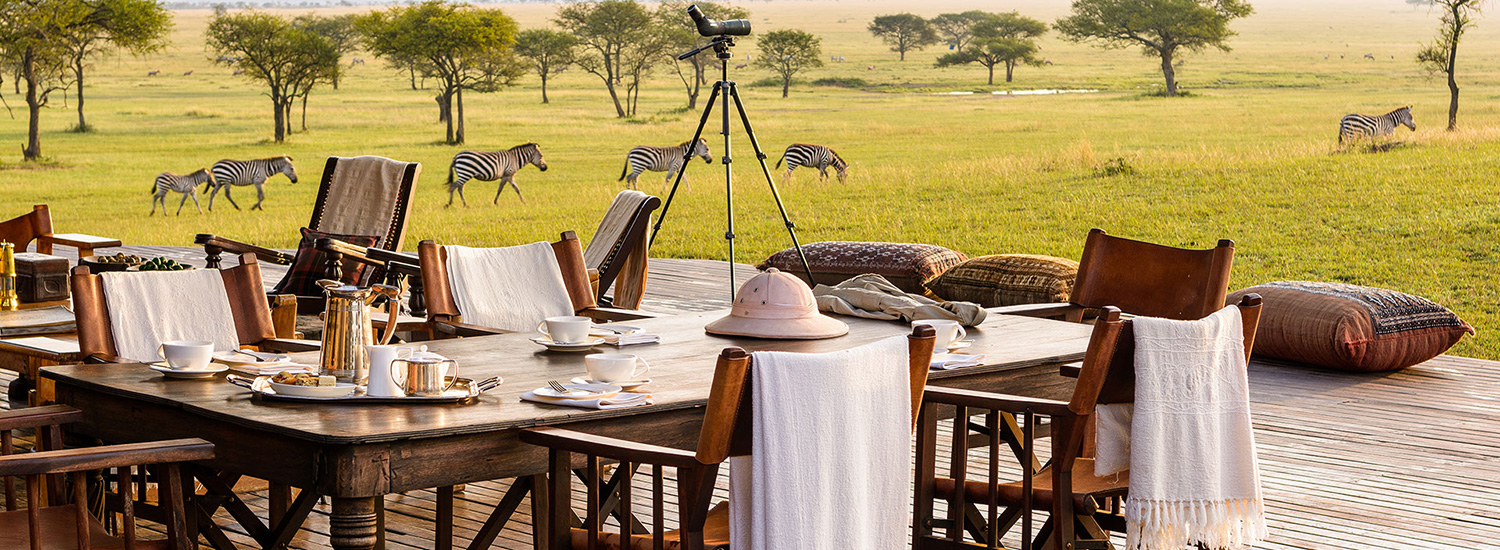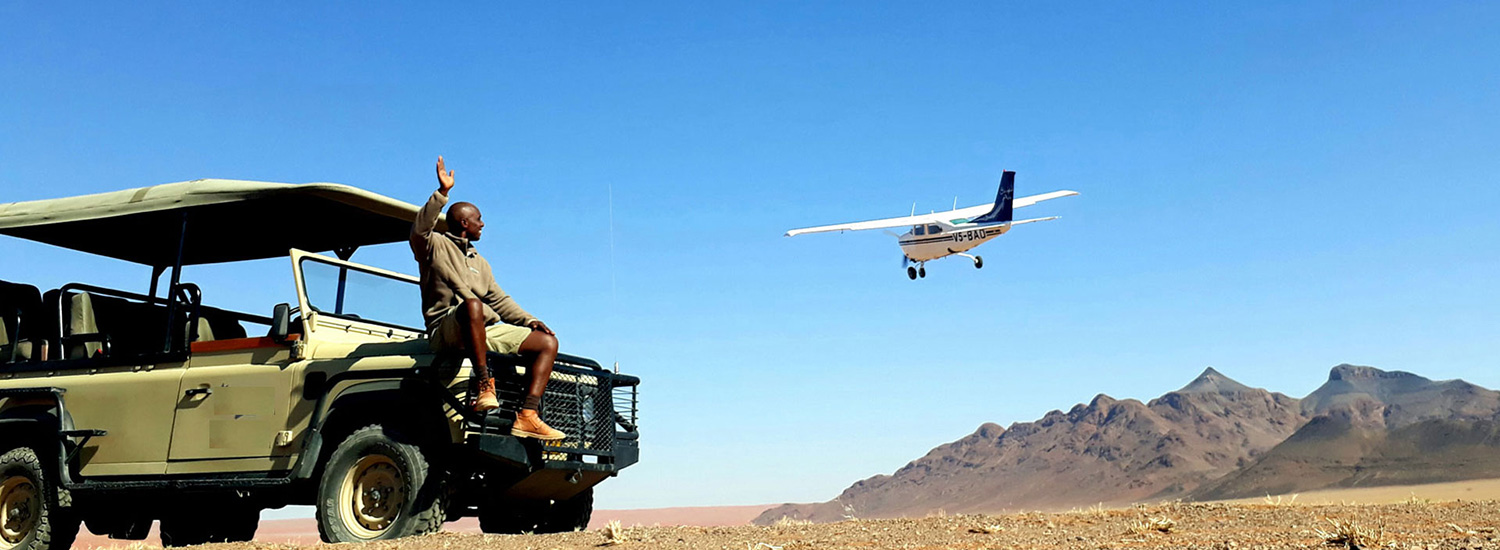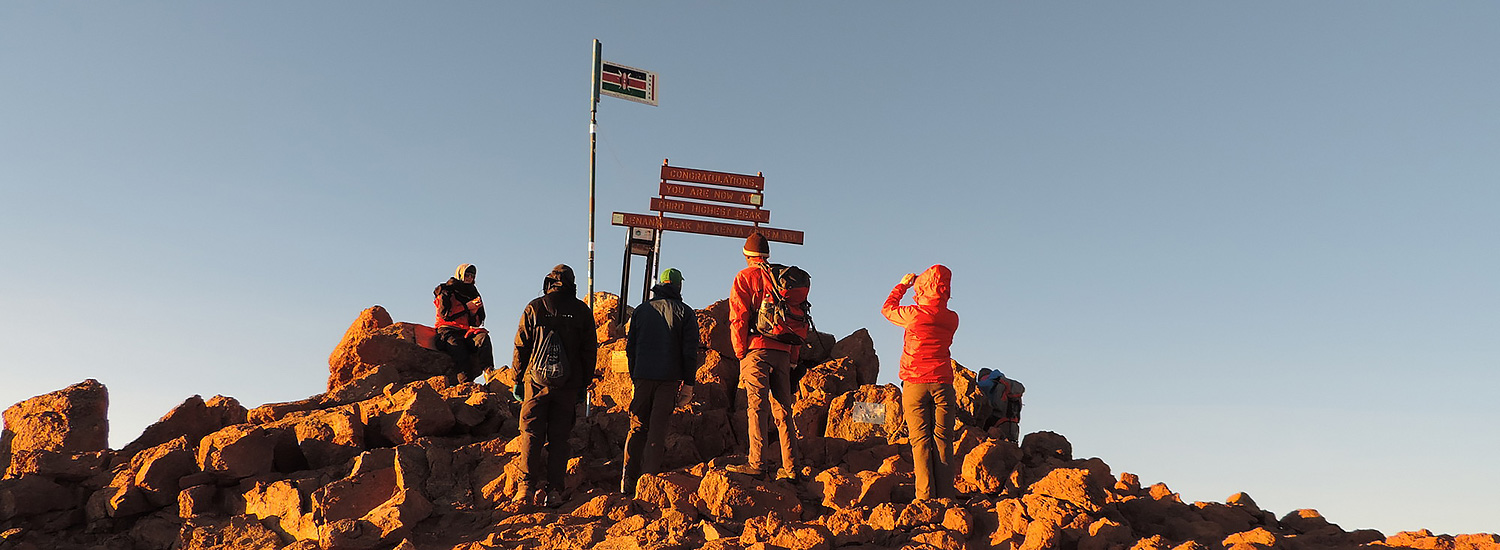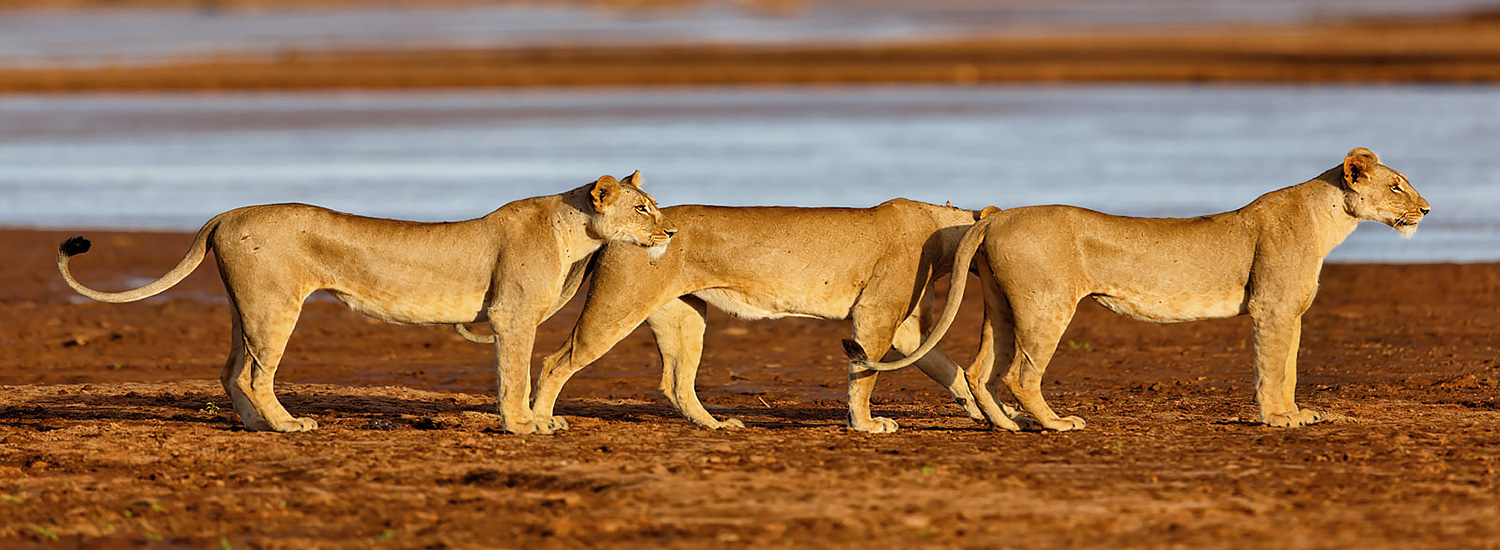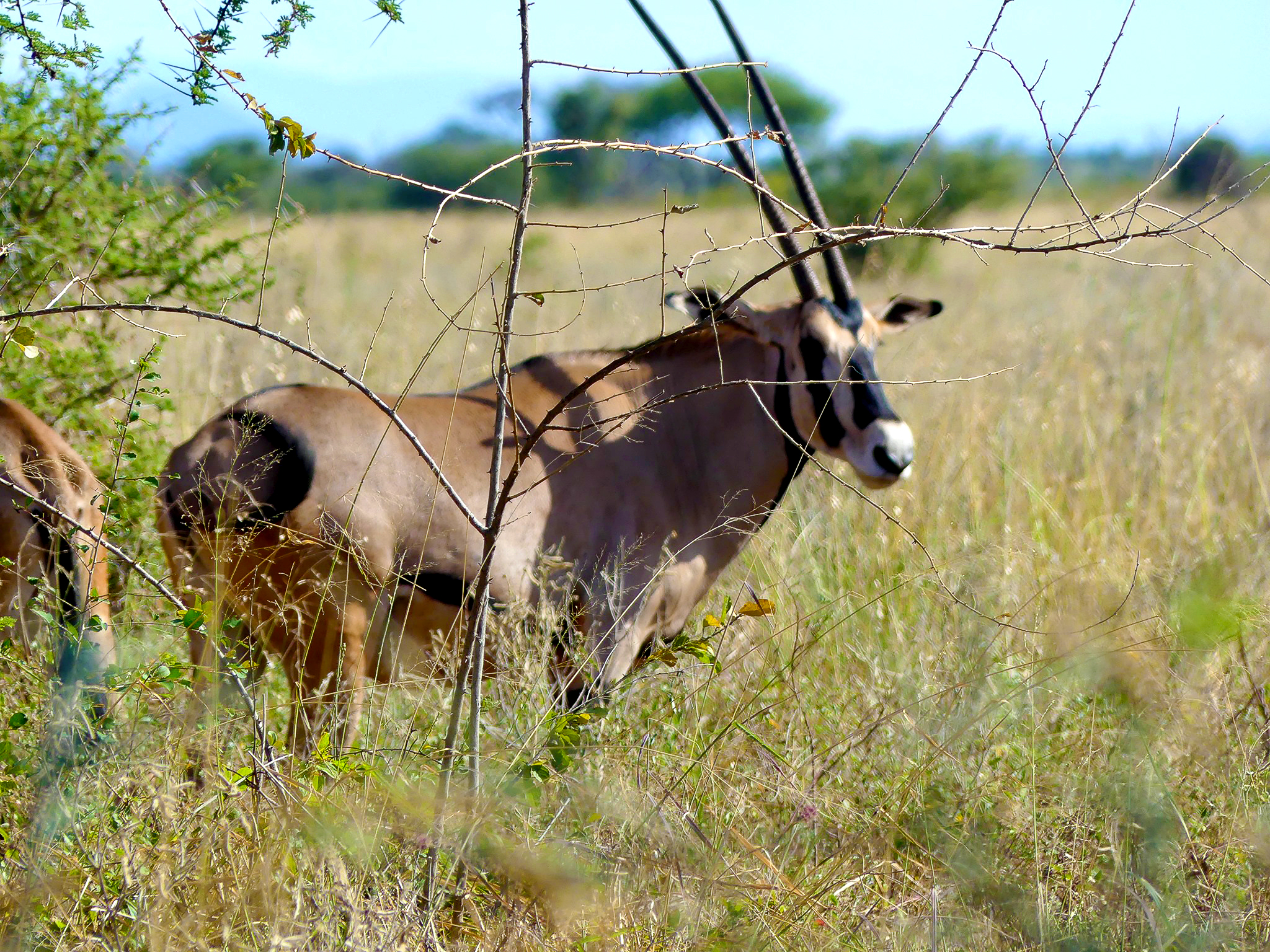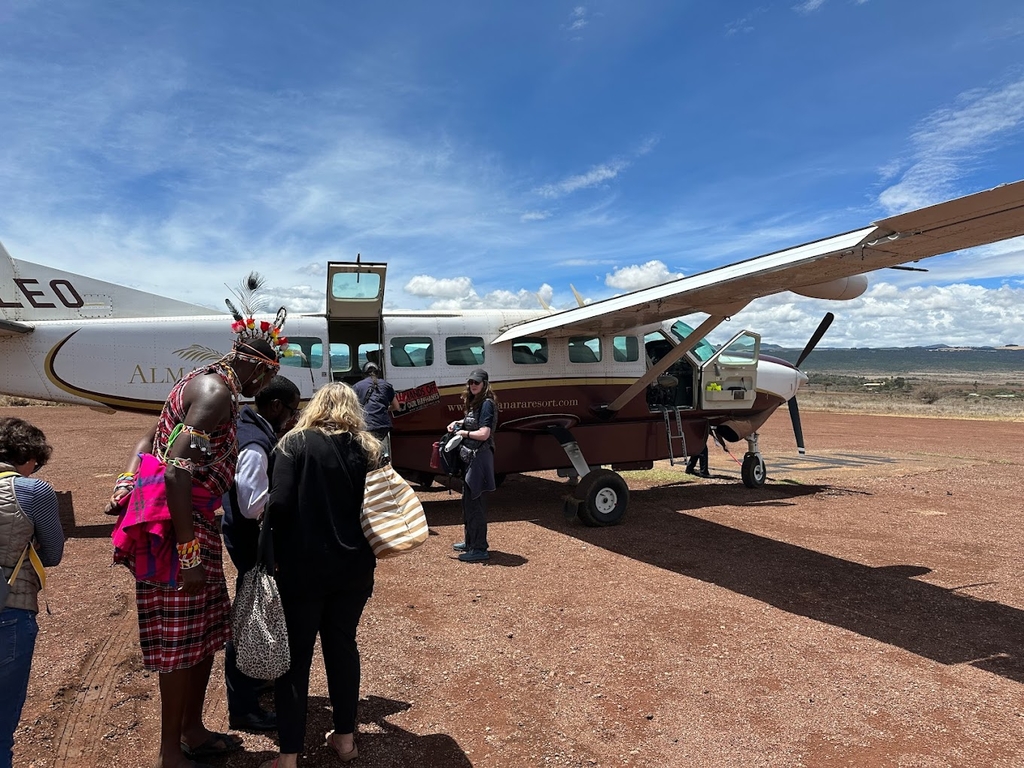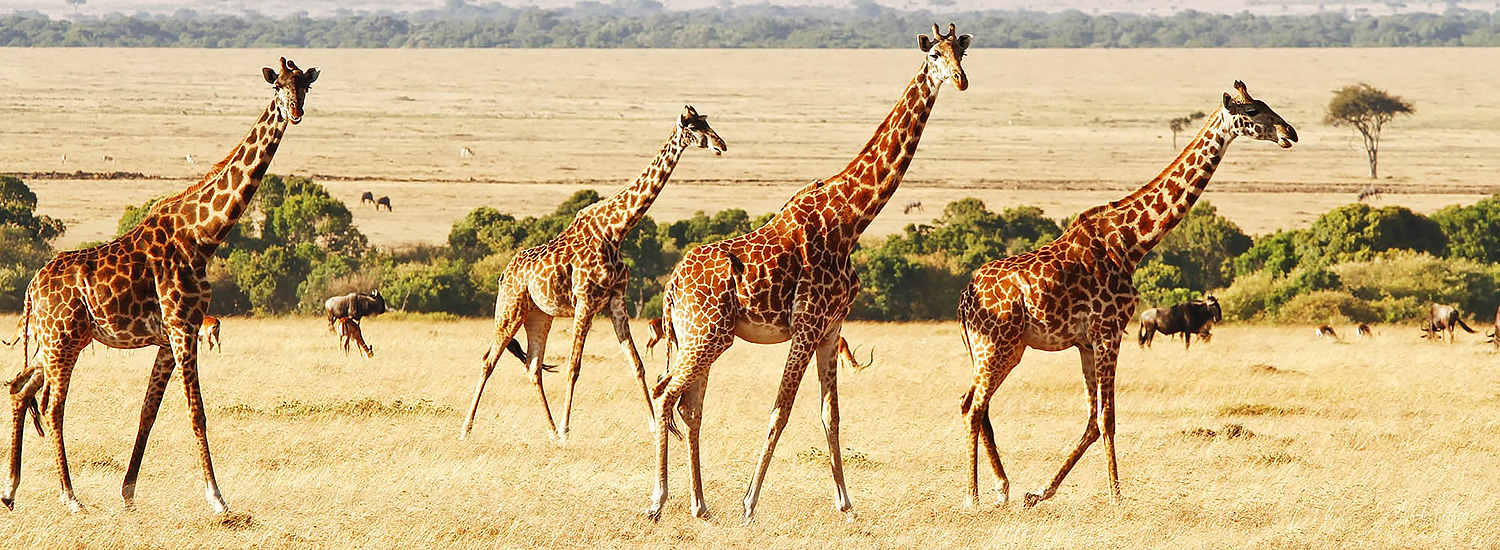
Mt Kenya National Park, established in 1949, protects the region surrounding Mt Kenya. Initially is was a forest reserve before being announced as a national park. Currently the national park is within the forest reserve which encircles it. In April 1978 the area was designated a UNESCO Biosphere Reserve. The national park and the forest reserve, combined, became a UNESCO World Heritage Site in 1997.
The mountain is an awe-inspiring sight. Its ragged series of peaks are crowned with snow, and its slopes are thick with forest. The mountain is best seen at dawn, when the days early light silhouettes its impressive summit high over the surrounding plains.The Government of Kenya had four reasons for creating a national park on and around Mt Kenya. These were the importance of tourism for the local and national economies, to preserve an area of great scenic beauty, to conserve the biodiversity within the park, and to preserve the water catchment for the surrounding area. The mt Kenya national park has an area of 715 square kilometres (276 sq mi), most of which is above the 3,000 metres (9,800 ft) contour line.
The forest reserve has an area of 705 square kilometres (272 sq mi). Combined this makes the area of the UNESCO World Heritage Site 1,420 square kilometres (548 sq mi). A small portion of this park’s borders near heavy populations have electrified fences to keep the elephants out of the surrounding farmland. Volcanic sediment in the surrounding region’s soil and the huge volume of fresh water coming down the slopes makes the area particularly favourable for agriculture. At lower altitudes Colobus and other monkeys and Cape Buffalo are prevalent. Some larger mammals such as elephants range up to 4,500 metres.
Mt Kenya, Africa’s second highest peak is regarded as the realm of Ngai, god of the local Kikuyu people. Traditionally, all Kikuyu home were built to face this sacred peak. They call it Kirinyaga, or place of light. While the 5199 metre summit is a difficult technical climb, the lesser peak of Point Lenana (4985m) can be easily reached by any fit trekker. This trek takes between 3 and 5 days, through a fascinating world of forests, wildlife, unique montane vegetation including podocarpus and grounsel, and finally one of the worlds rarest sights, equatorial snow. For those who don’,t want to climb the Mountain the cool highlands that surround its base are well worth a visit. The forests are ideal for game viewing, and there are crystal clear mountain streams that abound with Trout.
Mt Kenya is the highest mountain in Kenya and the second highest in Africa after Kilimanjaro. Mt Kenya is a broad volcanic cone whose base is around 120 km in diameter. The mountain was formed by volcanic eruption during the Great Rift Valley creation and geologists believe that it was over 1500m higher than its present height of 5199m (17,057ft). At this stage it would have had a summit crater, however intensive erosion has worn away the original upper parts of the cone leaving ar?â?¬tes, pyramidal peaks, U-shaped valleys and rock basins containing glacial lakes. The peaks of Batian (5199m) and Nelion (5188m) are the remains of a huge volcanic plug that has slowly eroded to create the distinctive silhouette. Only 16 kms south of the Equator, the peaks are permanently iced with snow and glaciers.
However, in the last 20 years, the glaciers have been retreating and it is estimated that if the present trend continues there may be no permanent ice left on the mountain. Since records were established in 1893, eight of the eighteen glaciers then recorded have disappeared. On the lower slopes below 4000m, trekkers encounter a variety of alpine vegetation ranging from rain forest, bamboo, hagena and hypericum woodland, giant heather, tussock, and the fascinating giant lobelia. The forests are rich in wildlife and elephant, buffalo, zebra, antelope and monkeys are often seen. Bird life everywhere is plentiful and varied.
Mt Kenya (or Kirinyaga) was revered by the Gikuyu who settled in the Central Highlands and believed their god, Ngai, lived on top of the mountain. The first European to lay eyes on the mountain was Ludwig Krapf, a Swiss missionary in 1849, but his stories of snow on the Equator were ridiculed by the Geographic Society in England. It was only in 1883 when a Scottish explorer, Joseph Thomson, confirmed its existence that Krapfs findings were accepted. Other explorers followed and several attempts to scale the mountain were made. In 1899, Halford MacKinder and two Alpine guides made the first successful ascent of the mountain and named the two highest peaks after Maasai leaders.
Mt Kenya is unexpectedly different, attracting trekkers and mountaineers from all over the world. The mountains unique landscape and vegetation have been declared as International Biosphere Reserve by UNESCO. Its range of walking and climbing routes offers something for everyone and, unless your time is limited, is too good to miss.
The mountain can be climbed all year round but for a more comfortable trek it is best to avoid the rainy seasons. The best times for reasonable weather are January February and August October. It should be noted that the weather patterns on Mt Kenya are notoriously unpredictable, and even during ?£dryseasons rain can fall and the weather can be unpleasant for two or three days at a time. The highest peaks, Bation and Nelion, can only be reached by fully equipped mountaineers with technical skills.
The goal for most trekkers is to reach Pt. Lenana (4985m), the third highest peak on the mountain, where superb views of the surrounding countryside are possible. Special Note: Mt Kenya is not easy climb. People who underestimate this mountain and set off unprepared for the conditions usually have a miserable time due to the cold and altitude. Trekkers who do not spend enough time acclimatizing will often suffer from some form of altitude sickness, and this is one of the main reasons why over 25% of attempts fail. By allowing an extra day on the mountain you stand a better chance of reaching Pt Lenana, and have a more enjoyable climb.
There are three main routes up to the peaks area Naro Moru, Sirimon, and Chogoria. Naro Moru Route The most popular and fastest route to Pt Lenana. It is the least scenic of the main routes but has easy access from the main road and reasonable facilities in the form of bunkhouses and camping. Being the most direct route it is easy to follow but can be steep and boggy in places.
Sirimon Route The least used of the main routes of ascent. Because it is on the drier side of the mountain, this route offers superb forest walking, open scenery with wonderful alpine vegetation, and the chance of spotting wildlife on the lower slopes. Chogoria Route This route is the longest but also the most beautiful and spectacular way by which to ascend the mountain. Wonderful views for most of the climb, particularly in the upper sections with its glacial lakes, giant groundsel, lobelia and weird volcanic formations inhabited by rock hyrax.
These routes can be combined to traverse the mountain by going up one side and down the other, the most popular being the Sirimon Chogoria route. For most routes, a minimum 3-4 days should be allowed from the road heads or 5-6 days if departing from Nairobi. If you plan on trekking around the peaks, allow an extra 1 or 2 days to really enjoy the mountain.
Climb rates included: Return transport from Nairobi, Park entry fees, Camping/Hut fees, Meals, Guide/Porters
Not Included: Personal climbing gear, drinking water, items of a personal nature, tips.
Booking is easy! Simply provide the necessary details. Our team will guide you through the booking process and answer any questions you have.
Have more questions? Feel free to reach out to our friendly customer support team. We're here to make your tour experience smooth and memorable!
We understand that circumstances can change. Our cancellation and change policies vary based on the tour and destination. Please review the specific terms in our booking policy or contact our team for assistance.
Our tour packages typically include* accommodations, transportation, guided tours, and specified activities. We provide transparent details about inclusions and exclusions to help you make informed decisions.
*Individual tour details may change.

